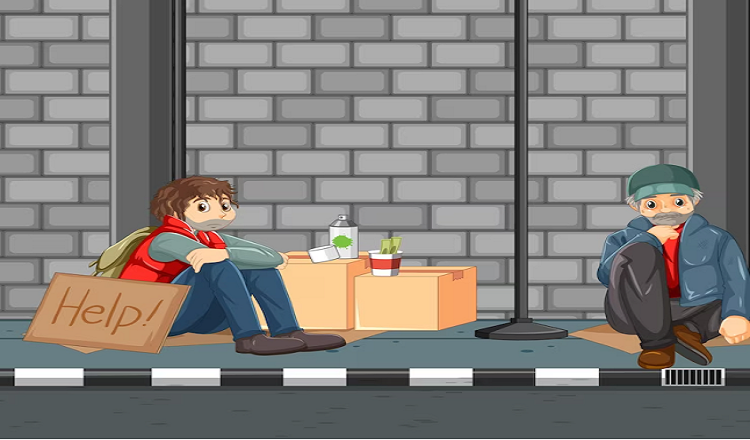The effect of homelessness on public health and safety

Homelessness has been a growing issue in society, affecting millions of people around the world. According to the National Alliance to End Homelessness, there are approximately 567,715 homeless individuals in the United States alone. Homelessness can have a significant impact on public health and safety, both for the homeless population and the general public. In this article, we will explore the various effects of homelessness on public health and safety.
Overview of Homelessness
Before delving into the effects of homelessness on public health and safety, it is essential to understand what causes homelessness. Homelessness can occur due to several reasons, including poverty, lack of affordable housing, job loss, domestic violence, and mental illness. People living in poverty are particularly vulnerable to becoming homeless due to the high cost of living, which includes housing, healthcare, and other essentials.
Effects on Public Health
Homelessness has several adverse effects on overall public health. Homeless individuals are more likely to suffer from various health problems due to their living conditions. Lack of access to clean water, food, and proper sanitation can lead to severe health issues, including malnutrition, dehydration, and infectious diseases.
Mental Health
Homelessness can also have a significant impact on mental health. Homeless individuals are more susceptible to mental health issues, including depression, anxiety, post-traumatic stress, and substance abuse. The lack of stable housing can cause or exacerbate mental health problems, making it challenging for individuals to seek help.
Chronic Health Problems
Homeless individuals are more prone to chronic health problems, such as respiratory infections, skin diseases, and cardiovascular diseases. These health issues can lead to untreated illnesses and chronic conditions, increasing the risk of disability and premature death.
Substance Abuse
Substance abuse is a significant issue among the homeless population. Alcohol and drug abuse can lead to physical and mental health problems, including addiction and overdose. Homeless individuals often use substances to cope with stress, trauma, and mental health problems.
Effects on Public Safety
Homelessness can also have significant effects on public safety. Homeless individuals may have to resort to criminal behavior and engage in high-risk activities to survive. This can lead to various unsafe situations, including theft, violence, and drug dealing.
Violence
Homeless individuals are more likely to become victims of violent crime. They are also more likely to engage in violent behavior due to the harsh living conditions and lack of resources. Homelessness can expose individuals to the risk of sexual violence and assault, leading to physical and psychological trauma.
Drug Use
Homelessness can lead to the use of drugs, exchanging needles, and other dangerous activities that can increase the risk of transmitting diseases such as HIV and Hepatitis C.
Crime
Homeless individuals are often the targets of crime and violence. They are more likely to be victims of theft and assault, leading to physical and psychological trauma. Homeless individuals may also resort to criminal activities to survive, such as theft, drug dealing, and prostitution.
Conclusion
Homelessness has significant implications for public health and safety, affecting not only the homeless population but also the general public. Improving public health and safety requires addressing the root causes of homelessness, such as poverty, lack of affordable housing, and mental health issues. Homelessness must be addressed through various social welfare programs, housing assistance, and accessible healthcare services. Addressing the issue of homelessness requires a comprehensive approach that acknowledges the essential role of public health and safety in creating a sustainable and equitable society.
Read More You May Like:
- Reducing poverty through access to quality education and employment
- How to provide support and resources for people experiencing poverty and homelessness
- The effects of poverty on mental health and well-being
- The effect of homelessness on public health and safety
- Examining the failure of the welfare system to combat poverty








